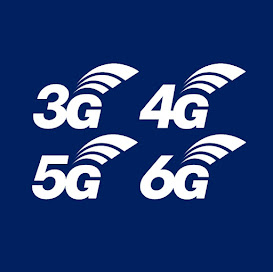Picture Source: Martin Geddes
My takeaway from the conference is that:
- URLLC is going to be challenging but its achievable.
- Ultra-reliable (UR) may have different use cases then low latency communication (LLC). Lumping them together in URLLC is not helpful.
- Extremely low latency may not be achievable in every scenario. In some cases it would make more sense to continue with existing or proprietary solutions.
- URLLC may not happen when 5G is rolled out initially but will happen not long after that.
- There are many verticals who may be able to take advantage of both the higher data rates that would come as part of eMBB and the low latency and high reliability as part of URLLC.
- The operators would have to foot the bill for upgrading the networks as there is a relucatnce from the verticals to invest in something they cant see or play with
- There are verticals who invest heavily in alternative solutions that 5G may be able to solve. Some operators believe that this will bring new revenue to the mobile operators
- Slicing has a lot of open questions including Security and SLAs - nobody has a clear cut answer at the moment
- The industry is in a learning phase, figuring things out as they go along. There should be much more clarity next year.
- #URLLC2018 is on 13 & 14 Nov. 2018 in London. Plenty of time to find all the answers 😉
Further reading:
- Conference report: Ultra Reliable Low Latency Communications 2017 - Martin Geddes
- URLLC 2017 LiveBlog: The Mobile Network
- Couple of quick interviews from URLLC 2017 Conference
- 5G Research Presentation on URLLC - Mehdi Bennis





















